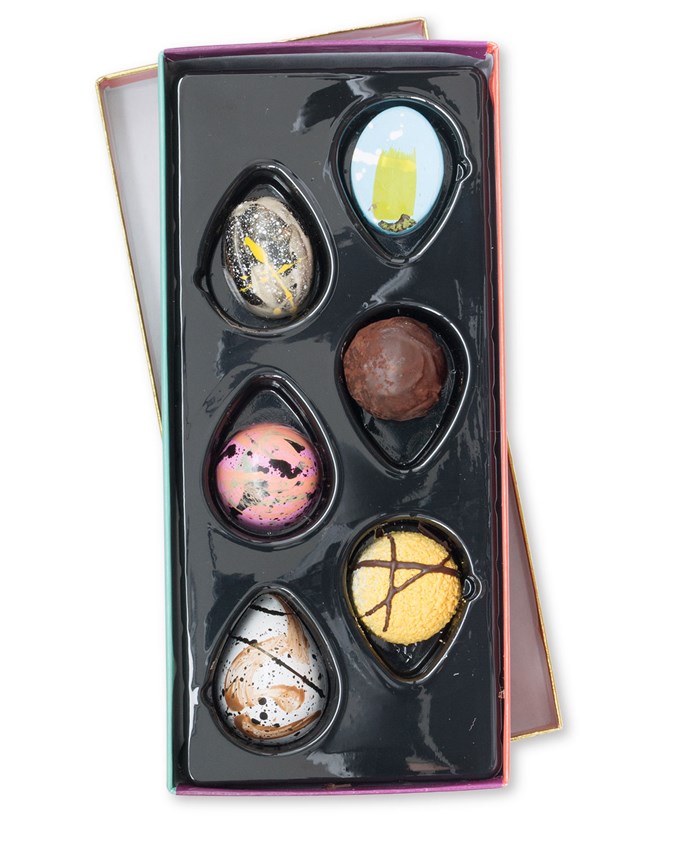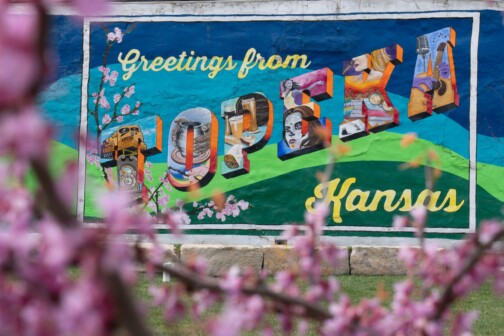The founder of the Dallas Chocolate Festival, which had its eighth sweet installment over the weekend, has what some would consider an enviable job. Sander Wolf, confessed chocolate obsessive, attends trade shows throughout the year, meets chocolatiers, scopes out the who’s who of both the established and emerging craft chocolate world, and then convinces them to come to Dallas for the once-a-year extravaganza that pairs talent from around the country with local talent.
For a chocolate fiend like me, it’s partly about the pleasure of getting bars from chocolatiers I can’t easily get my hands on. A limited-edition toasted green tea bar from Raaka, the chocolate makers out of Brooklyn who use raw, not roasted cacao beans, for example.
In contrast to previous years, the festival was held in the better, brighter, more modern digs of the F.I.G. building downtown. But there are other reasons it felt fresh. For the first time, Dallas had its own two bean-to-bar makers joining the ranks. On one end of the spectrum, the mother-daughter team of well-established chocolatier CocoAndre has recently made the jump to bean-to-bar. Following a recent trip to Mexico, they had their fourth bar on display, made with beans from Chiapas. On the other end of the newbie-to-veteran chocolate making spectrum, Oak Cliff Coffee Roasters , better known for their juggernaut role in craft coffee roasting, were debuting their two new bars under the name 5 Mile. (In this case, the overlap with coffee and cacao growers made the foray into chocolate somewhat intuitive, though it has involved many months of experimentation that I’ve been assiduously following).
In 2011, seeing an interest and demand for an expansion of the educational component, Wolf launched Sunday hands-on workshops. A bean-to-bar workshop, offered by prominent chocolatiers from the previous day, was the sole workshop in that first year. This year, the offerings were the broadest they’ve been, four two-hour workshops spread over the day.
A bean-to-bar class introduced all parts of the process that creates a bar of solid velvet from the seeds of a bizarre-looking tree. (This was also the first year they had fresh cacao pods, their pulp tart and apricoty with a floral aroma, the un-roasted seeds bitter and disconcertingly purple.) Fortified by drinking chocolate, silky and spiced and laced with lavender, we blitzed through the roasting, cooling, cracking, winnowing, grinding, and tempering processes (there was question of wild crystallization), and left with just-cooled, just-molded bars. In the interim, the presenters spoke of the finer points of roasting, the ultimate creative act of bean-to-bar chocolate making—the way a light roast might bring out fruit notes, a dark roast bring out roasty, caramel notes. The commercial kitchen space filled with the roasted chocolaty aroma of a brownie.
A pastry class taught by local pastry artist Zach Townsend culminated in tartlets with ganache (milk chocolate infused with lemon peel) and made you want to start wildly infusing hot cream with star anise or tarragon and piping ganache with abandon at every occasion. (A nice reminder that there is perhaps nothing as classy—though still easy—as a chocolate dessert.)
Harvard social anthropology professor Carla Martin plunged into the history of chocolate, its South American cradle of greatest biodiversity, the Mayan and Aztec diversity of cacao preparations (the cacao god is as important as the maize god in Maya myths), its snobbification by Europeans (with silver chocolate pots), and the contributions of the Swiss and Belgians, among other topics.
And for the first time, there was a tasting class based around the parameters of the International Chocolate Association judging—28 chocolates sampled in just over an hour.
Especially as we begin to have more of a fine-chocolatier presence in Dallas, I see it as an excellent service, in many ways, to have high-tier chocolatiers guest-teaching classes. It’s useful, it’s delicious, and if the attendance at this year’s workshops is an indicator, there’s clearly an audience for it. Bottom line: plan to attend the festival next year. And if all you’ve done in the past is attend the stuff-your-mouth-with-chocolate Saturday event, consider graduating to the Sunday workshops next year as well—once you’ve recovered from your chocolate hangover.






